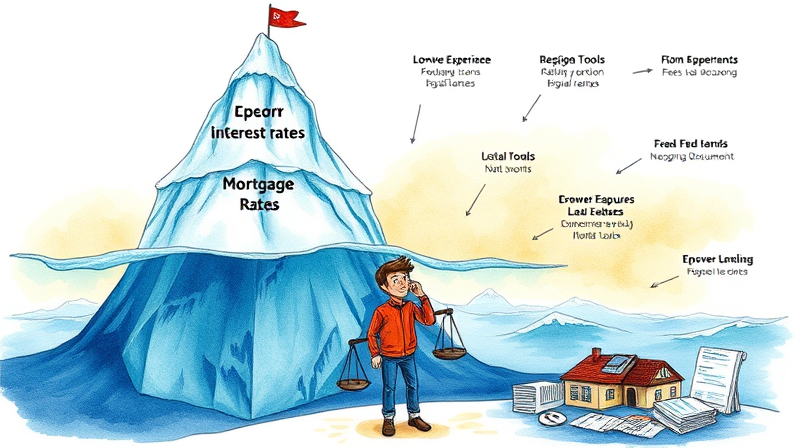
Your debt-to-income ratio, often called DTI, is a critical number that lenders use to determine your borrowing capacity.
By understanding and managing this figure, you can take control of your financial future and increase your chances of loan approval.
The Debt-to-Income (DTI) ratio measures your total monthly debt payments against your gross monthly income and gives lenders a clear picture of how much of your income is already committed.
DTI is calculated using this formula:
DTI Ratio = (Total Monthly Debt Payments / Gross Monthly Income) × 100
It serves as a key qualification metric for loans and credit products across various industries.
This percentage helps lenders quickly gauge your risk level and decide whether to approve your credit application.
Calculating your DTI requires two components: your total debts and your income. Start by listing:
These represent all monthly debt payments that lenders will include.
Next, determine your gross monthly income. Include every verifiable source:
Now, divide your total debt by your gross income and multiply by 100 to get a percentage.
Example 1: If your debts total $2,000 and your gross income is $6,000, your DTI is:
(2,000 / 6,000) × 100 = 33%
Example 2: With $1,800 in debts and $6,000 income, you have:
(1,800 / 6,000) × 100 = 30%
Example 3: If debts are $1,000 and income is $5,000, the ratio is:
(1,000 / 5,000) × 100 = 20%
These samples show how your ratio changes with different debt levels.
There are two common types of DTI calculations:
Front-end DTI covers only housing-related expenses: mortgage principal, interest, taxes, insurance, and HOA fees. For instance, a $2,000 monthly PITI cost on a $7,000 income yields a 28.6% front-end DTI.
Back-end DTI includes all debts—housing plus car loans, credit cards, student loans, and other obligations. Lenders focus on back-end ratios when reviewing applications for most credit products.
Understanding both types ensures you know where you stand for specific loans, especially mortgages.
Lenders generally prefer borrowers to have a DTI of 36% or below. Staying under this threshold can improve loan approval chances and help you secure better interest rates.
Maximum acceptable ratios vary by loan program. Refer to the table below for typical limits:
Note that some lenders may allow higher ratios if you have compensating factors like a high credit score or substantial down payment.
A lower DTI demonstrates disciplined money management, making you appear less risky to lenders. This can result in lower interest rates and better terms on your loans.
Conversely, a high DTI may prompt lenders to ask for additional documentation, proof of reserves, or evidence of debt reduction efforts. In some cases, you may need to pay down balances or secure a co-signer to move forward.
Remember that DTI does not appear on your credit report, but it plays a pivotal role alongside credit scores and employment history in lending decisions.
Lowering your DTI ratio takes focused effort and planning. Consider these tactics:
By systematically reducing balances and boosting income, you can steadily lower your ratio and position yourself for better borrowing terms.
In some cases, consolidating debts into a single lower-interest loan can also reduce monthly obligations and simplify your finances.
Certain organizations offer online DTI calculators and guidelines to help you estimate your ratio before applying. The Consumer Financial Protection Bureau provides resources that many consumers find invaluable.
Additionally, check websites of major banks and financial institutions for free calculators tailored to their lending criteria. Using these tools can give you confidence and clarity before you submit any loan application.
Understanding your DTI ratio is an essential step toward responsible borrowing. By mastering this metric, you can better navigate loan options, negotiate favorable terms, and avoid unexpected financial strain.
Take the time to calculate your DTI, identify areas for improvement, and implement strategies that suit your situation. With this knowledge, you'll be well on your way to making informed credit decisions and building a more secure financial future.
References













